Good grief! I’ve just read, in an ancient copy of the Nelson Evening Mail, the report where they have invented petrol. Cop a load of this :
“European Mail. The National Gazette, commenting on petroleum being used as fuel, says “We shall soon be able to announce a wonderful stride in the mechanical appliances for using liquid fuel generating steam in both marine and land boilers; The matter is in the hands of practical men, who will demonstrate, that they can make from 28 to 30 gallons of crude petroleum costing from 85 to 90 cents, do the work of a ton of coal costing from 4dols to 4dols 15 cents, without dirt or smoke, and when, as in the case of large steamers carrying from 40 to 45 men in the fire-room, one man in each will be abundantly able to keep up a uniform pressure of steam at all times. Liquid fuel is the intervening step between coal and electricity, which will in due season furnish motion for the world,”
Nelson Evening Mail 21 April 1882 p2
How right they were indeed. Furnishing motion for the world. I wonder if they had even the faintest idea of what they were going to unleash upon the planet Earth. Bipedal carbon-based life-forms. Mostly harmless. Mostly.
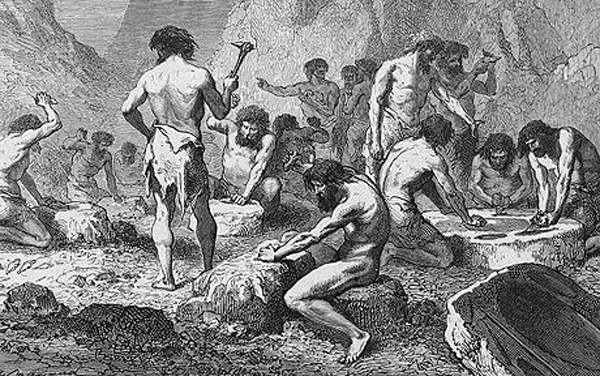
The history of the modern world is often described in terms of Ages, and mostly talks about the materials that our ancestors used to wage war and develop agriculture with. After the phenomenally successful Stone Age (on repeat viewing for some 50,000 years without change), we humans had a Bronze Age, where we made helmets and spear tips and probably cast a few bells as well. Then blow me down with a feather, we entered the Iron Age, and we’ve really only just escaped that in strict chronological terms.
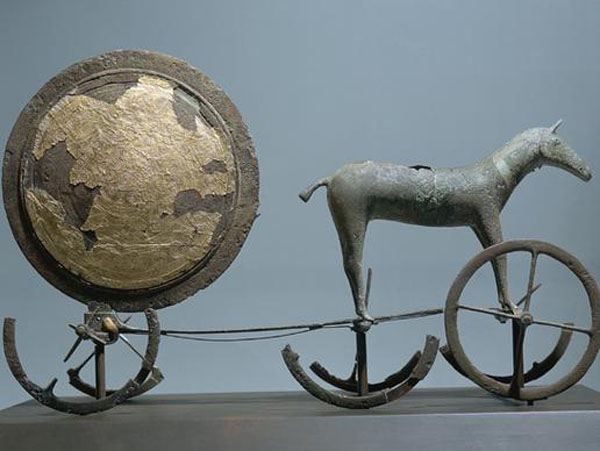
But we also changed fuels as we went. The Stone Age fuel of choice was probably just wood. Perhaps the odd dried bit of dung also, but mostly, Stone meant Wood. Trees downwards were cut. Forests decimated they were. Yoda talk like for no reason.
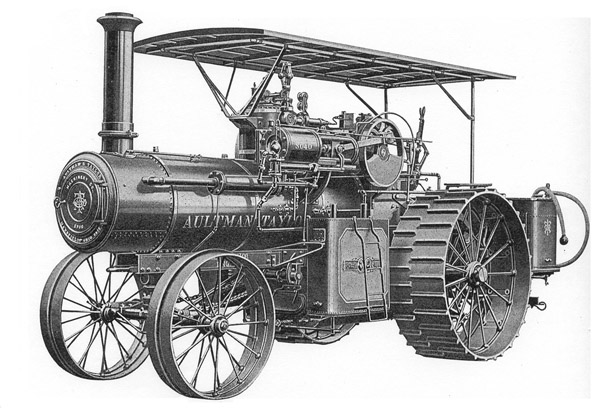
But the Bronze Age required hotter fuel sources, and the Iron Age even hotter still. From memory, Bronze Age people used charcoal to retain their heat to cast their alloys, and the Iron Age was only possible because of the advent of coke. Things go better with Coke, so they say, but they certainly glow hotter. Of course, around this time we graduated from tallow candles made from animal fat, or beeswax candles, and discovered a marvelous resource hidden in the bulbous foreheads of Sperm Whales – pure, clean-burning whale oil (not the kind that Cameron Slater would be keen on). That was a short-lived boom, over as soon as it had started. Yet what a vast improvement in light quality. No more splutters, no more dim lights smelling of dead sheep – the use of whale oil, while outrageously detrimental to the world’s sperm whale population, cast a nice, clear, white glow over our Iron Age forebears.
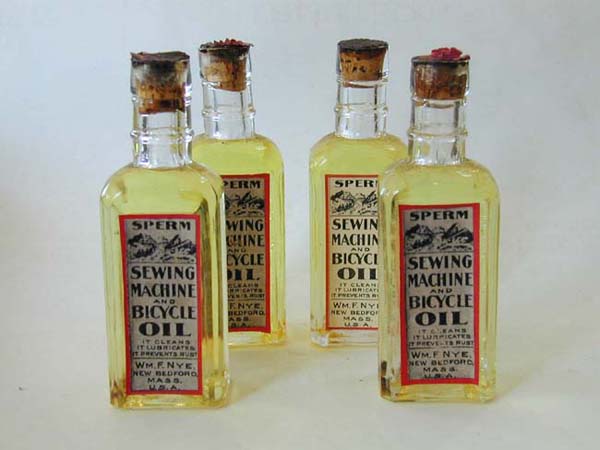
And then the age of Whale Oil died out pretty quickly, not just because we ran out of whales to kill and exploit, but also because of this discovery noted above – the use of kerosene, sold in tin cans at first, and then barrels, and now pumped by the billions from vast underground reservoirs. There is a fascinating book on the birth of oil, and the coincident story of the worlds richest man, the owner of Standard Oil. John D Rockefeller was one of the original owners and originally had a quarter share in Standard Oil, which grew, and grew, and set up foreign branches in many lands (according to Wikipedia, at one stage kerosene was routinely dumped in rivers as an unwanted by-product, a practice that JD stopped, as he wanted to use all the oil instead. Good thing they invented the automobile to eat up all that petrol!). Eventually in 1911, Standard Oil was broken up, into 34 different companies, such as Standard Oil Company of New York, Standard Oil Company of New Jersey, etc. a bit of successful rebranding from SOCONY into Mobil, and so you have the big oil brands we still see today – Mobil, Caltex, Exxon, Amoco, Chevron, Esso, etc – they were all, once, part of JD Rockefeller’s little Ohio baby. I’ve been to his beach house once – vast, and opulent. Makes Buckingham Palace look like amateurs at the richness game.

And so here we are in the Age of Plastics. The Age of Oil. The one means the other. Humankind is stuck on this ridiculous nightmare ride, where we are using fuels with more and more potency, more octanes stored in your tank, more power in your pocket. From petrol in cars and oil burned in furnaces to keep warm and to generate electricity, we’ve got used to a surfeit of energy, at our fingertips and at our beck and command. The next step was nuclear – at first billed as unlimited power, cheap and safe and the savior of the world. A few side effects, to be sure, but humankind could continue to enjoy energy at our unprecedented rate of consumption.

The next few years are going to be interesting. It’s make or break time. We can continue to rape and pillage the globe in search of fuel, fracking and wreaking to force those pesky octanes out of the ground and into our petrol tanks, or we invent a better fuel. Hydrogen powered cars? Solar powered households? Compressed natural gas powered from cows enormous farty bottoms? Wind power, in Wellington at least? Lithium-ion batteries, using up all that lithium that lies gathered on a dry lake bed in Bolivia, just waiting to be turned into medication, and batteries.
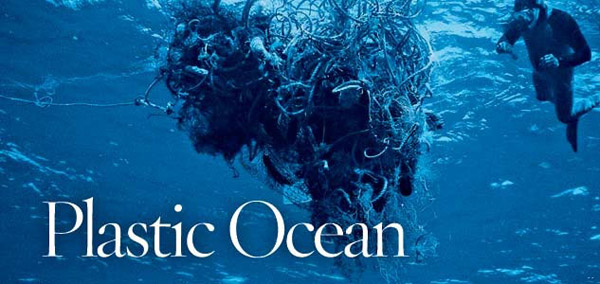
Actually, there is a new energy source about to come on the market, harnessing the wonderful ability of the LED light, and something so simple that we all can use it, for free, for evermore and for all time. I’m quite excited by it. Doesn’t need a solar panel. Doesn’t need a wind turbine. Doesn’t need a battery. Doesnt need a huge and unwieldy electricity lines company sucking off your monthly account. Are you getting excited yet? It’s one of the cleverest, most basic ideas I’ve seen yet, a potential game changer for millions of people around the globe. It’s one of these products of OUR age, still in development, funded by crowd-sourcing, by people like you and fish like me, who put down $100 as seed-funding for this capital venture, and it’s in production right now, due to go out to the first consumers pretty soon. Can you guess what it is yet?
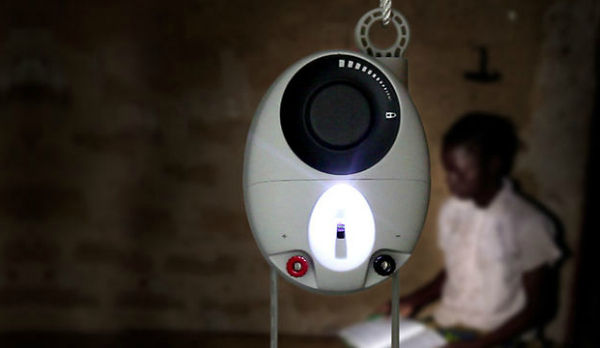




Pretty amazing to think in little over 100 years we have depleted that energy source.
Gravity powered zero point energy?
The Casimir effect?
Perhaps we could fuel ourselves in some manner from Cameron Slater’s hypocrisy and cognitive dissonance? – those seem to be in unlimited supply..
60 – you’re on the ball buddy! Not the Casimir, nor zero-point, it’s all so much simpler than that. And speaking of Slater, I only just learned the other day that Whale Oil Beef Hooked should be pronounced with an Oirish accent, and then it will describe Slater’s current mental state…
you can read more about it here…. http://deciwatt.org/
Its essentially a modern take on a longcase grandfather clock, using the power of a descending weight to drive an internal motor and in this case a LED bulb
What has made this possible is the efficiency of LEDs, without that the power required ( and thus the size) would demand a much larger device.
Its certainly a more low tech ( and thus environmentally tidier) than a Solar cell and battery used in other solutions to the same problem,
The only potential downside is that it is very hard to scale up the power generated in this system( so you could charge a cell phone), as its parameters are governed by how much weight a person can lift.
You say “there is a new energy source about to come on the market, harnessing the wonderful ability of the LED light, and something so simple that we all can use it, for free, for evermore and for all time. I’m quite excited by it.”
The energy for the does not come from gravity but from the person who raised the weight. So you are really talking about people power in the most literal sense. This is neither new or wonderful. Large scale people power has been done in the past but do we really there again ?
You may be excited by gravity energy but I believe to 91 Unleaded to be a much more reliable and humane form of energy :)
Tony, and Green Welly, you both are, of course, absolutely right, and at the same time, completely missing the point. Yes, in a way it is nothing new – simply harnessing gravity like a grandfather clock as you point out. Yes, the energy input is from a person who lifts the weight up, so that energy and a sensitive flywheel etc can do their jobs and allow the unit to create light. But you’re failing to see the magic in this form of transaction.
It is the same, in a way, as the way that – in Africa – fixed line telephones were expensive to install, due to the infrastructure costs. Now, mobile phones have changed that scenario, and have had the side effect of allowing mobile, micro payments, enabling small businesses by women to flourish, and having a massive (mostly positive) change on the rural society. The only downside I can see really is the pollution caused by all the mobile batteries.
Here, with the gravity light, it has the potential for poor communities, with no access to power, or no money to pay a monthly fixed line power charge, and hefty monthly power tariffs, – now they can change. There’s no battery. There’s no noise. There’s no transmission towers, or wires, or monthly fees, or set up costs. It’s just pure, unadulterated clever use of technology to revitalize the lives of millions of people. I think, from memory, that my $100 funding donation goes towards creating 4 of these, for 4 different families, and I’m pretty happy with that.
That’s funny, I got something similar a couple of months a go, a solar powered torch, that can also charge your phone: http://waka-waka.com
It still is my favourite toy, a torch that never runs out of battery, great for camping etc. Apparently its helping out in Africa too by replacing kerosene lamps, thats not the reason I bought it though – being able to get free energy is pretty cool.
Thanks for the link Sav – you’re right, that Waka-Waka is an excellent thing. I bought a solar recharger for my phone a few weeks back, and I hate it – ugly, badly designed, and while functional, it’s not something that I could grow to love. But the wakawaka, that I could grow to love. Very clever little touch like clipping over the top of a beer bottle to gain the height.
The future of the planet has to be tied to technologies like these. Solar and gravity – our two free energy sources. Instead of dead, partially digested rotted dinosaur-era vegetation stuck thousands of feet below the surface of the planet.
My question is: what would our civilization be like now, if we hadn’t invented kerosene / gasoline in 1882?
Sav – is your next piece ready to go? The floor is yours buddy.
Gloria – you up for more too?
Three points Maximus:
Firstly, you again said “Solar and gravity – our two free energy sources.”
Gravity is NOT an energy source while solar is … in some ways you can say solar is one of the ultimate energy sources as the energy in all fossil fuels is actually solar energy !
But gravity is not an energy source … falling weights can power things (weights in grandfather clocks, falling water making electrocity) but something has to first lift the the wieght up (people, solar energy). Gravity is, at best, a temporary energy store (like a battery).
Secondly, you are absolutely correct that new technology offers new opportunities to improve peoples lives in more sustainable ways. But all the examples you give are where technology improvements have REDUCED the energy used to perform something (like provide light). At best these technology improvements make previously unusable energy source viable. This trend to greater energy efficiency is pervasive including cars that run on dead, partially digested rotted dinosaur-era vegetation as well as lights (I also note the extensive use of LED lighting on new cars that is both energy efficient and permits even better car headlights).
As to your last question on where we would be if petrol was never invented, I think the answer is much much poorer. Just look at the income growth related to travel or observe the alignment between the per capita income of countries and their average fuel consumption.
While we’re talking energy efficient chargers, have you heard of the BioLite?
http://www.biolitestove.com/
Deciwatt need to consider warming the colour temperature of the LED they use even it results in slightly fewer perceived lumens. Cold-white LED’s are unpleasant for long periods and human eyes in impoverished Africa work just the same way as they do here. It’s the same reason why candle-lit dinners remain popular. The risk is that people will continue to use kero lamps because they give a much more pleasant light and create a far nicer atmosphere (unfortunately while polluting THE atmosphere…).
And on that subject I am also reminded of this snippet from the Melbourne Argus, dated London, December 23 (sorry, I’ve forgotten the year):
“Edison claims the discovery of a simple electric household lamp, consisting of charred paper placed in a glass globe, costing one shilling. A simple machine supplies fifty lamps.”
I’ve seen the results of Edison’s search for the perfect filament, and he went a lot further than charred paper before selecting tungsten as his filament. What struck me was how many of the experimental bulbs used natural products – horse hair, coconut husk, and many more, including my favourite (and for a long while, Edison’s too): bamboo. At the heart of it, light bulbs are an incredibly simple thing.
>My question is: what would our civilization be like now, if we hadn’t invented kerosene / gasoline in 1882?
Our cities would be knee deep in horse shit… disposing of poo was a problem in Victorian England, and there was concern that the country couldn’t breed enough horses or feed them. People wouldn’t travel as far as they do today. Assuming that someone invents electricity, then electric rail will allow you to travel between railway stations but you’re movements away from the vicinity of stations are still limited by horse availability and walking speed.
There are no aircraft.
Ships will be powered by wind or coal. They won’t be anywhere near as large or fast as our ships.
The limited size of ships and the difficulty of operating a distribution system using horses means that society doesn’t benefit from modern logistics. You’re back to Arkwright-style stores rather than supermarkets. Prices for everything are much more expensive and there is far less choice.
All of which leads to shorter life expectancies and pretty miserable existences. Think Victorian England, or much of modern Africa.
Since the start of the industrial revolution, the world has been transformed by a handful of technical and process improvements. Liquid fuels. Electricity. Modern logistics. And ICT. These have allowed by far the largest expansions of income and welfare in world history.
To Tony Randle – your comment has been rescued from the Spam folder, where it was sitting with the multiple offerings to but Louis Vutton bags and Christian Labouton shoes (no thank you, I never want those, so please go away), because you several links in your post. Anyway,thanks for your comments – and thanks also to DavidP – and yes, you’re right that Gravity is not an energy force, but the important thing here, that I’m trying to get across, is that with relatively little effort, it can be used as one.
I’m looking at a property, which would be off grid. To get electricity put in, would cost thousands for the line, monthly charges for the line, but would result in a steady stream of reliable electricity. But if I’m only there for once a month, then that money is not cash well spent. But with a device like the gravity light. It’d be a doddle. Hang a light from the ceiling, lift it up, and job done. Minimal cost. Minimal hassle. Free light! To me, that’s a free energy source. Yes, it doesn’t or won’t power a fridge for a nice cold beer waiting on a Friday night. Yes, I could go solar, but then I have to buy a PV panel, an inverter, a storage battery, and a regulator, just to even get a power point in which I could plug in a light. To me, this gravity light has real potential – and I think it will be appreciated by many others around the world too.
DavidP – I’m not convinced by your argument that if we hadn’t invented kerosene and the combustion engine, that we would all still be knee deep in horse poo and coal dust. What if the electric car had been successful first, and the recent advances in this field had been made back then, rather than now? Ferdinand Porche’s first car he made, was electric, in 1899 – they’ve just discovered it, 2 days ago. http://www.history.com/news/ferdinand-porsches-first-car-was-electric
What if the world had been electric from the start, and we never needed petrol and diesel? It is just a form of skipping a generation of energy production – and New Zealand has luckily been able to skip the whole horrible nuclear thing – just as in parts of Africa, they may be able to skip the whole reticulated power distribution system, and go straight to mobile phones, straight to battery power, straight to solar and even, dare I say it again, to gravity? What if the world is powered by clever design instead of brute force dumbness?